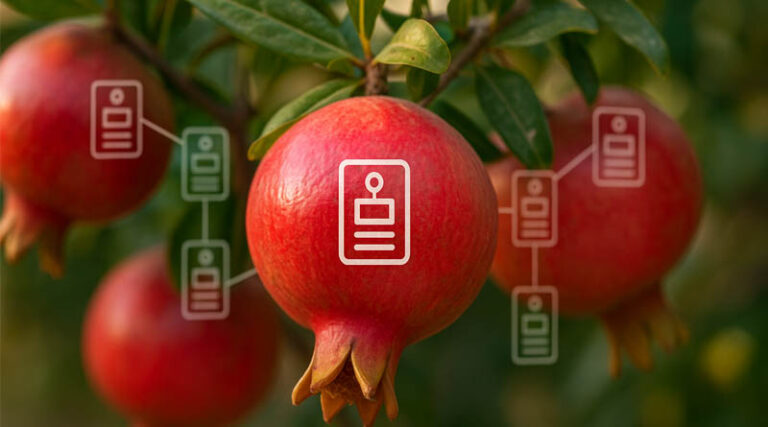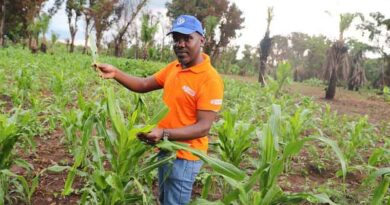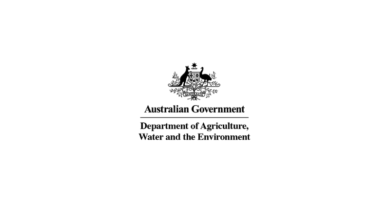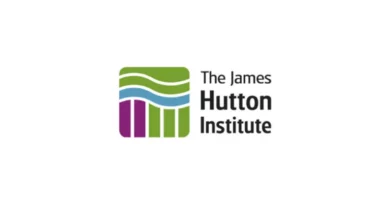
Inside China’s Blockchain Pomegranate Project: Every Fruit Gets a Digital ID
08 October 2025, Sichuan: Much of China’s agricultural digitization happens behind the Great Firewall, rarely visible to the rest of the world. Yet, every so often, an initiative emerges that offers a glimpse into how rapidly the country is transforming its rural economy through data, technology, and precision market tools.
One such milestone is the launch of the “China Huili Pomegranate Price Index,” an official blockchain-based system designed to bring transparency and traceability to one of China’s most famous fruit-producing regions. The index was unveiled during the Chinese Farmers’ Harvest Festival Liangshan Celebration and the 2025 “Specialty” Promotion Activity – Huili Pomegranate Special Event held in Huili City, Sichuan Province.
Jointly compiled by the Information Center of the Ministry of Agriculture and Rural Affairs (MARA) and the Agriculture and Rural Affairs Bureau of Huili City, the index represents how China is quietly but firmly integrating blockchain and big data into mainstream agriculture—often years ahead of public awareness beyond its borders.
Huili: A Pomegranate Powerhouse Few Outside China Know
In the global fruit trade, “Huili” may not yet be a household name, but within China, it is synonymous with pomegranates. Located in Liangshan Yi Autonomous Prefecture, Huili has built a 400,000-mu plantation base with an annual output of 780,000 tons—about one-quarter of China’s total pomegranate production.
The fruit industry here generates more than 4.3 billion yuan in farmer income and drives a total industrial value of over 6.3 billion yuan, making it one of western China’s most successful models for post-poverty-alleviation rural development.
What’s remarkable is how deeply technology is now embedded in this growth story—turning orchards once known only for their fruit into living laboratories of digital agriculture.
Blockchain + Pomegranate: Every Fruit Has a Digital ID
During the launch, Wang Xiaobing, Director of the Information Center at MARA, explained that the project is about more than pricing—it’s about digitally redefining trust in agriculture.
Through what officials call the “Blockchain + Pomegranate” system, each fruit receives a unique digital identity, making its journey from farm to consumer completely traceable. Production, grading, packaging, and distribution data are recorded on a tamper-proof blockchain ledger, creating an immutable record that enhances transparency and combats counterfeit labeling—a growing concern in China’s booming specialty produce markets.
In Wang’s words, the system turns Huili’s pomegranate into the “fruit of wisdom,” combining traditional cultivation with the Internet of Things, artificial intelligence, and data analytics.
Reading the Market Like a Digital Barometer
The China Huili Pomegranate Price Index is built on three real-time sub-indices:
- Field Price Index – tracking farmgate prices directly from producers.
- Origin Wholesale Price Index – monitoring wholesale trends at the production level.
- Sales Wholesale Price Index – capturing market prices in major sales hubs.
Each sub-index is further categorized into special, first-class, and second-class fruit, offering fine-grained visibility into price shifts and supply-demand dynamics.
For cooperatives, processing enterprises, and large growers, this serves as both a “barometer” of market health and a “lightning rod” for price volatility—enabling quicker, data-backed decisions.
China’s Quiet Digital Revolution in Agriculture
The Information Center of MARA has been systematically building what could be described as China’s agricultural data backbone, having launched more than 20 similar price indices for products including pork, tea, citrus, grapes, and lilies.
While these digital frameworks are rarely reported internationally, they are steadily transforming how China manages its vast agricultural economy—using algorithms and blockchain to stabilize prices, reduce risk, and empower smallholders.
Wang Xiaobing summarized the broader vision succinctly, “The blockchain-linked Huili Pomegranate Index strengthens brand value and helps farmers earn more from every fruit. It represents the future of agriculture—where tradition meets technology, and trust is verified digitally.”
A Glimpse Beyond the Wall
For much of the world, China’s agricultural modernization remains opaque—shielded by language barriers, limited data access, and a tightly managed information ecosystem. But developments like the Huili Pomegranate Price Index offer valuable insight into how far digital agriculture has already advanced inside the country.
Behind the wall, a quiet transformation is unfolding—one where blockchain, data, and local governance are shaping the future of farming, fruit by fruit, byte by byte.
📢 If You’re in Agriculture, Make Sure the Right People Hear Your Story.
From product launches to strategic announcements, Global Agriculture offers unmatched visibility across international agri-business markets. Connect with us at pr@global-agriculture.com to explore editorial and advertising opportunities that reach the right audience, worldwide.






